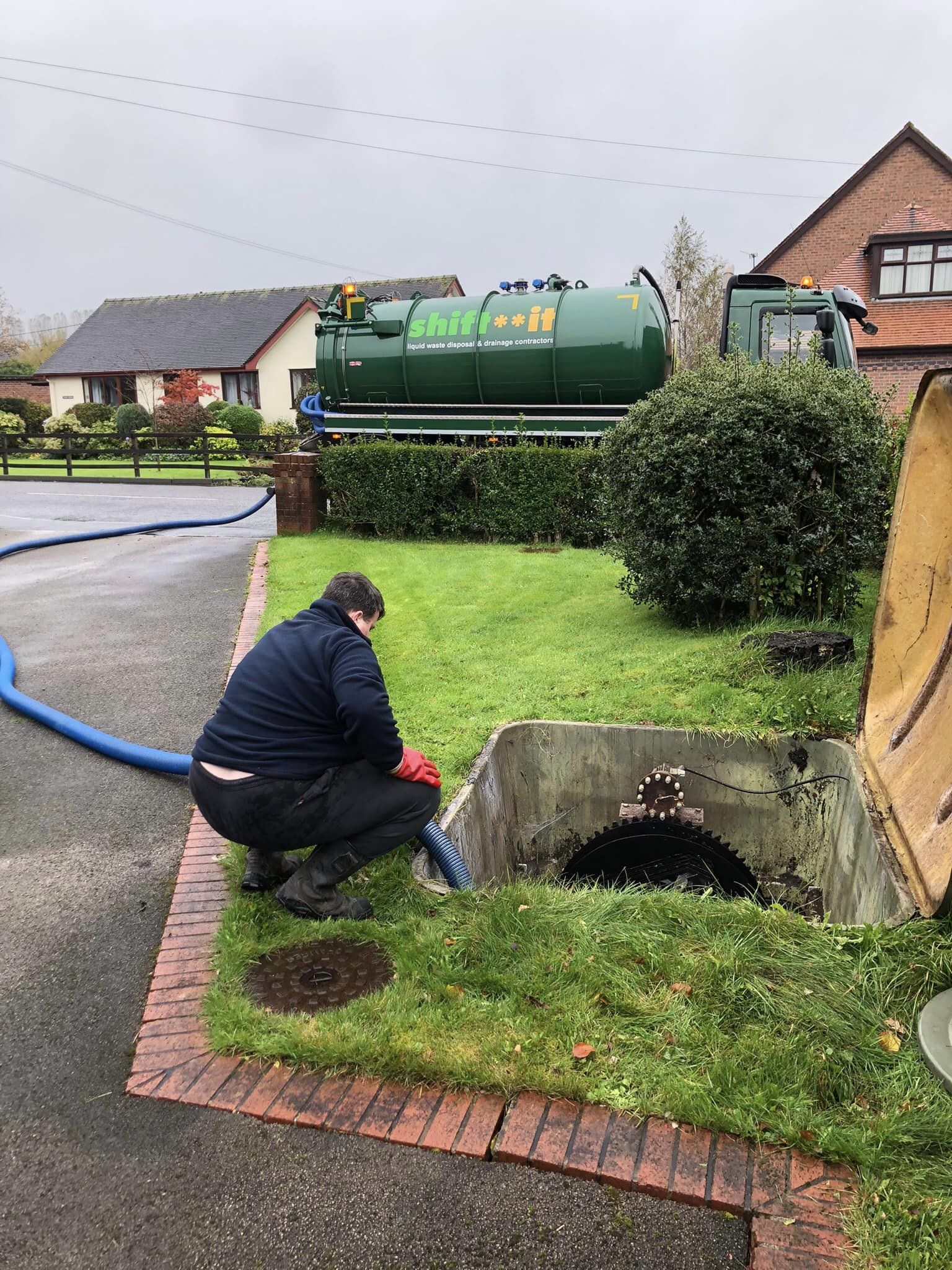cesspit emptying uk
Welcome to Shift **It, your trusted provider of cesspit emptying services. Cesspits play a crucial role in storing sewage in areas without access to main sewage lines. Regular emptying is essential to prevent overflow and maintain hygiene. At Shift **It, we specialize in comprehensive cesspit emptying services tailored to your specific needs.
Our team of skilled professionals is equipped with the expertise and equipment necessary to handle cesspit emptying efficiently and responsibly. Whether you require scheduled maintenance or emergency emptying, Shift **It ensures prompt and reliable service, minimizing disruption to your property. We understand the importance of timely cesspit maintenance in preserving environmental integrity and public health.
At Shift **It, we prioritize customer satisfaction and environmental stewardship in every cesspit emptying project we undertake. Our commitment to excellence and reliability ensures that your cesspit is emptied thoroughly and safely, providing you with peace of mind. Experience the Shift **It difference today and ensure the proper maintenance of your cesspit with our trusted services.


Emptying a cesspit, also known as desludging or pumping, is a necessary maintenance task to prevent issues such as overflows, odors, and groundwater contamination. A cesspit is a sealed underground tank that collects sewage and wastewater from a property. Here’s a step-by-step guide to emptying a cesspit:
Assessment: Determine the need for emptying based on factors such as the size of the cesspit, the volume of wastewater generated, and the frequency of use. Cesspits typically require more frequent emptying compared to septic tanks because they do not have a mechanism for treating or dispersing the wastewater.
Hiring a Professional: Contact a licensed cesspit service provider or sanitation company to perform the emptying. They have the necessary equipment, such as vacuum trucks or pumps, and expertise to safely and efficiently remove the contents of the cesspit.
Preparation: Locate the access point or manhole cover of the cesspit. Clear any obstructions or debris around the access point to ensure easy access for the pumping equipment.
Pumping: The service provider will use a vacuum truck or pump to extract the sewage and wastewater from the cesspit. They may also inspect the cesspit for signs of damage or issues during this process.
Disposal: Transport the removed waste to a designated treatment facility for proper disposal. Depending on local regulations, the waste may undergo further treatment or be disposed of in a landfill.
Inspection and Maintenance: After emptying the cesspit, the service provider may inspect the cesspit and its components for any signs of damage, leaks, or other issues. They may also offer recommendations for maintenance or repairs if necessary.
Record Keeping: Keep records of the emptying process, including the date, volume pumped, and any observations or recommendations. This can help track the maintenance history of the cesspit and plan future emptying schedules.
Regular emptying of the cesspit is essential to prevent overflow and maintain the proper functioning of the wastewater collection system. Homeowners should follow recommended emptying schedules and seek professional assistance when needed to ensure the health and efficiency of their cesspit system. Get in touch today to find out more about cesspit emptying.